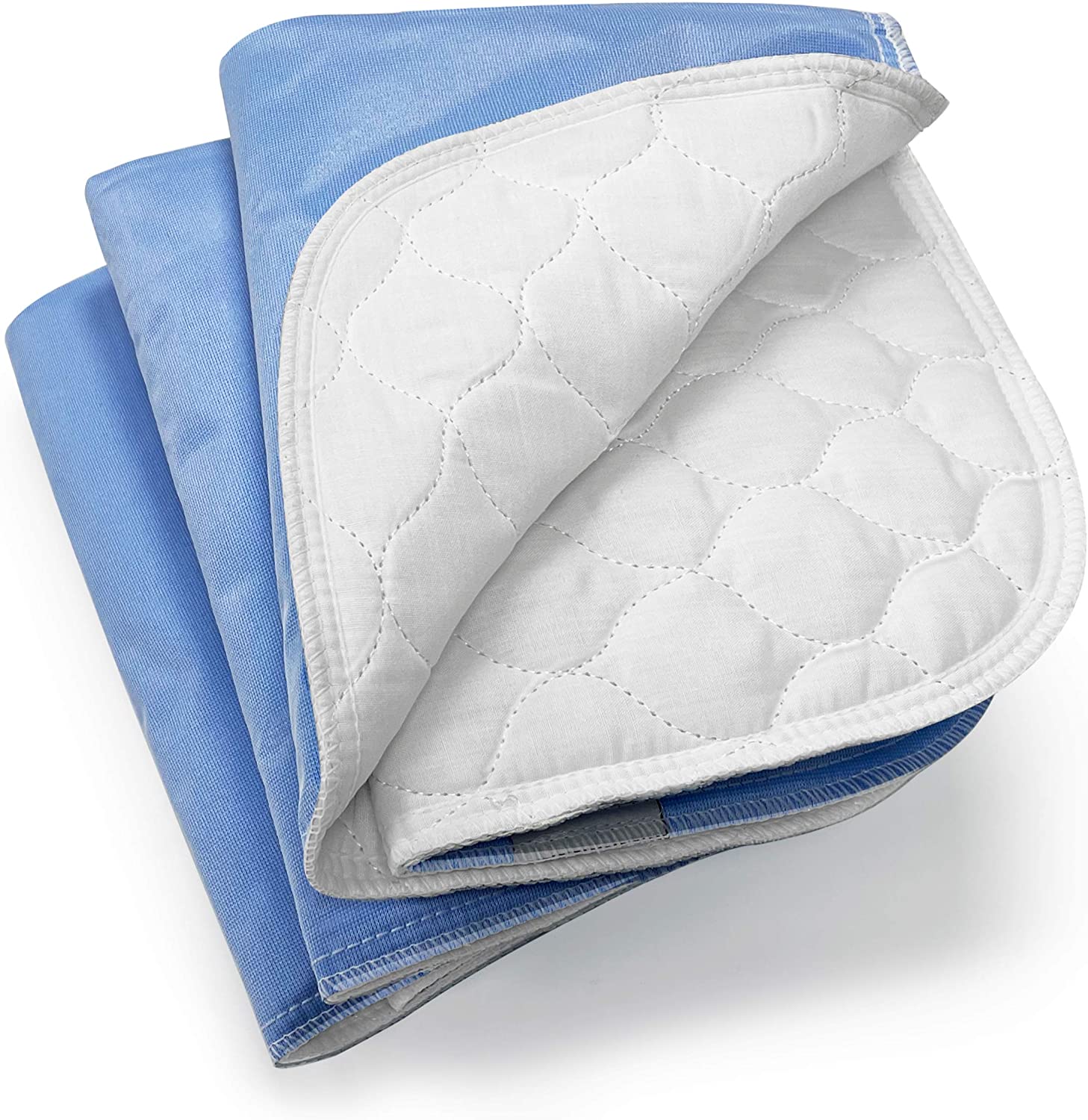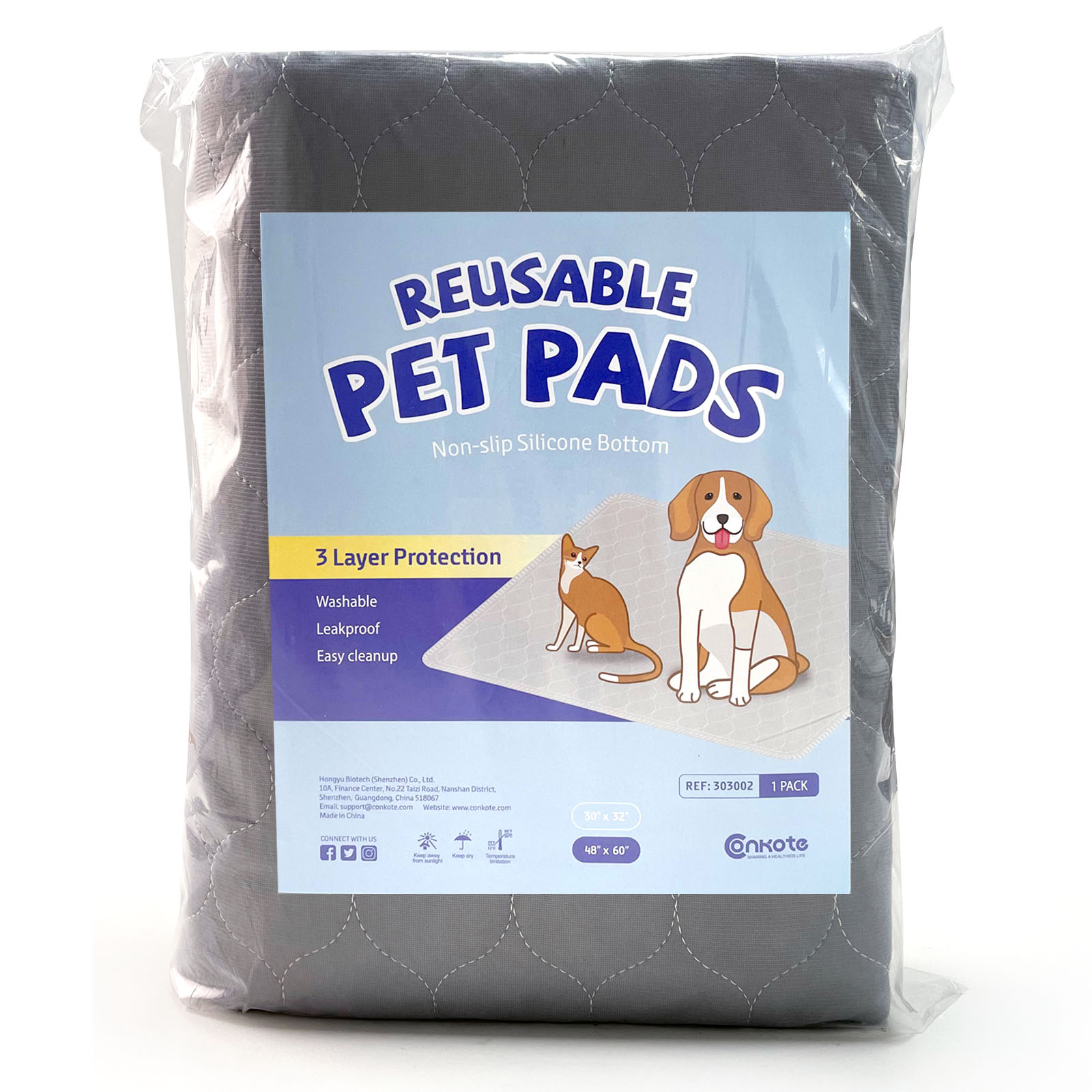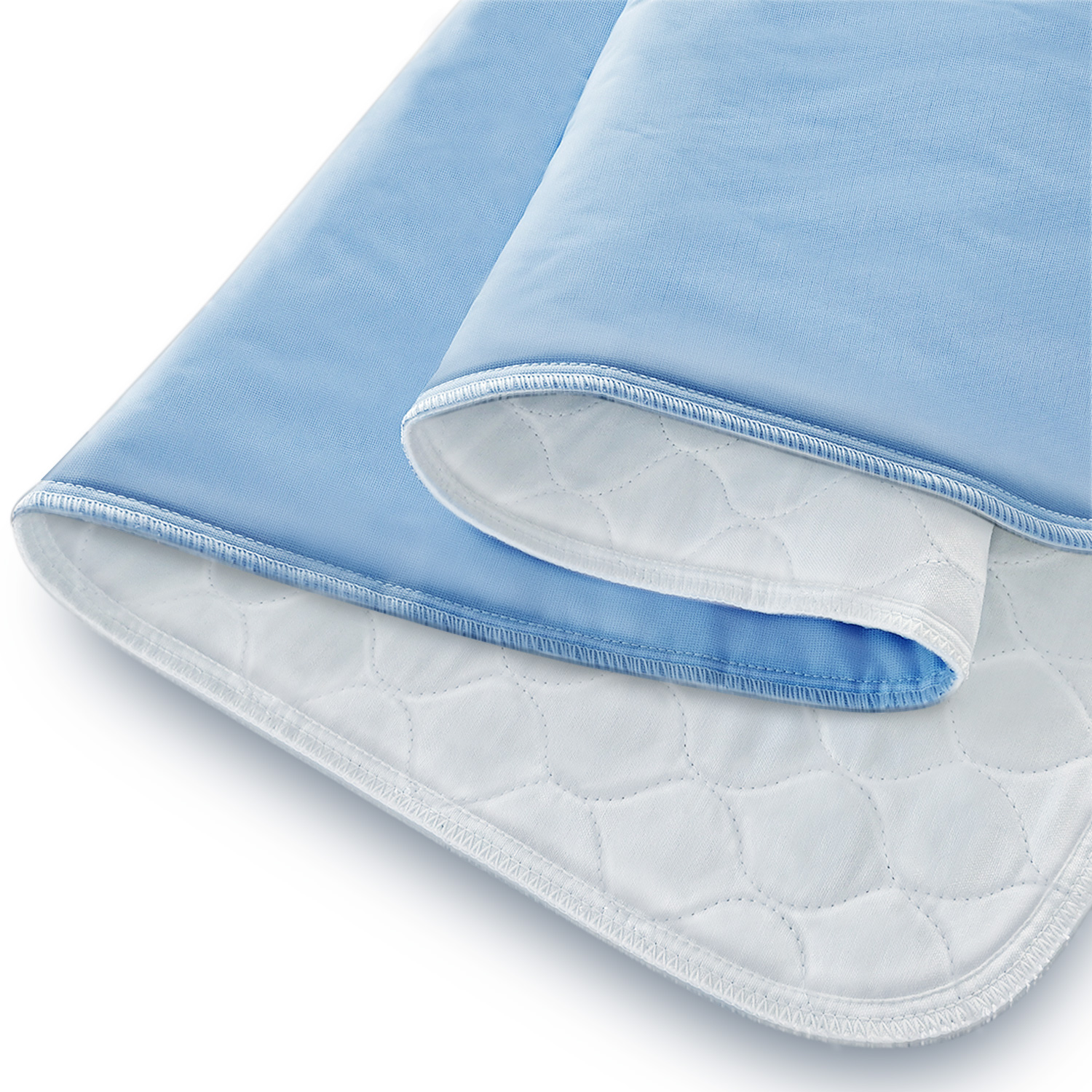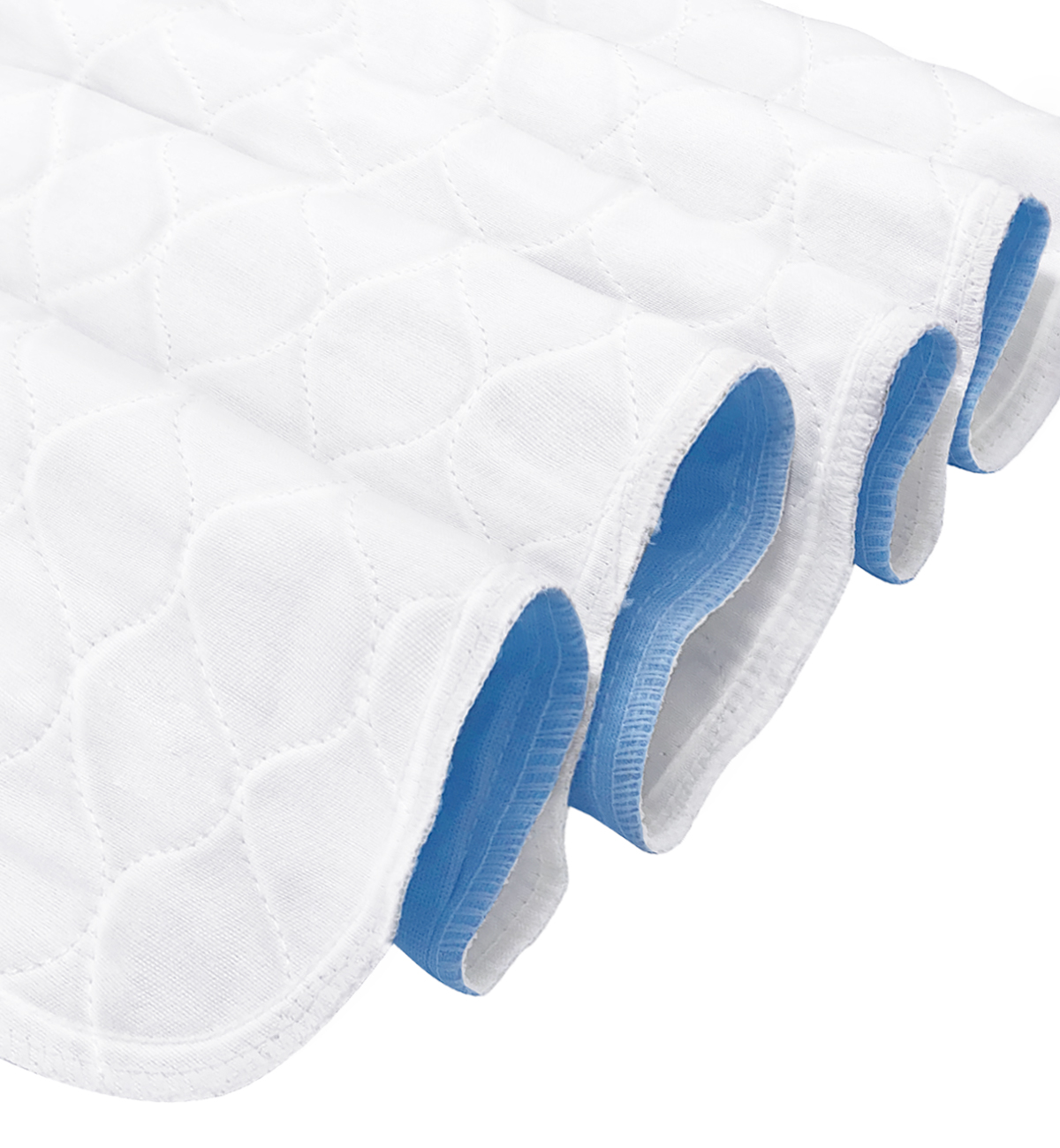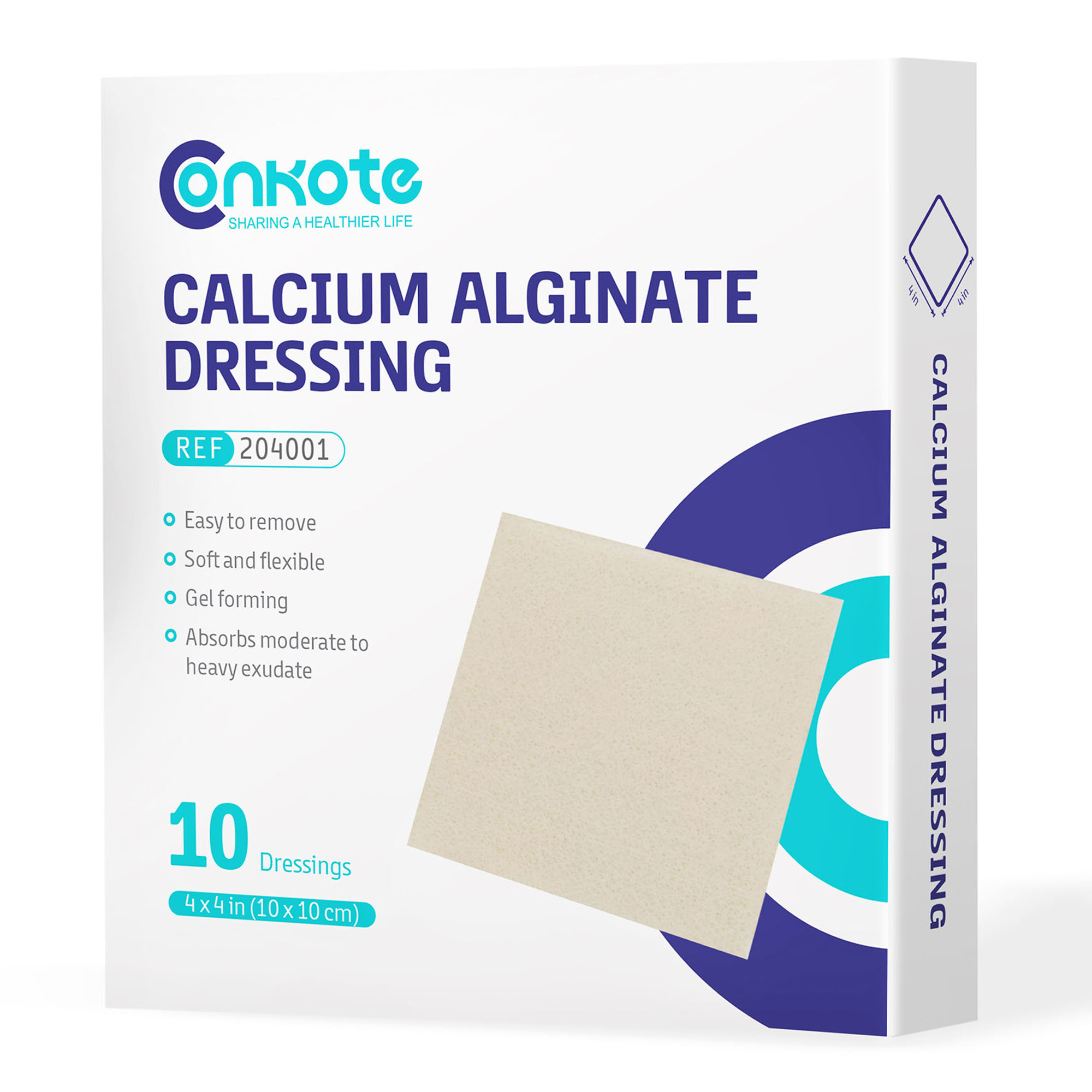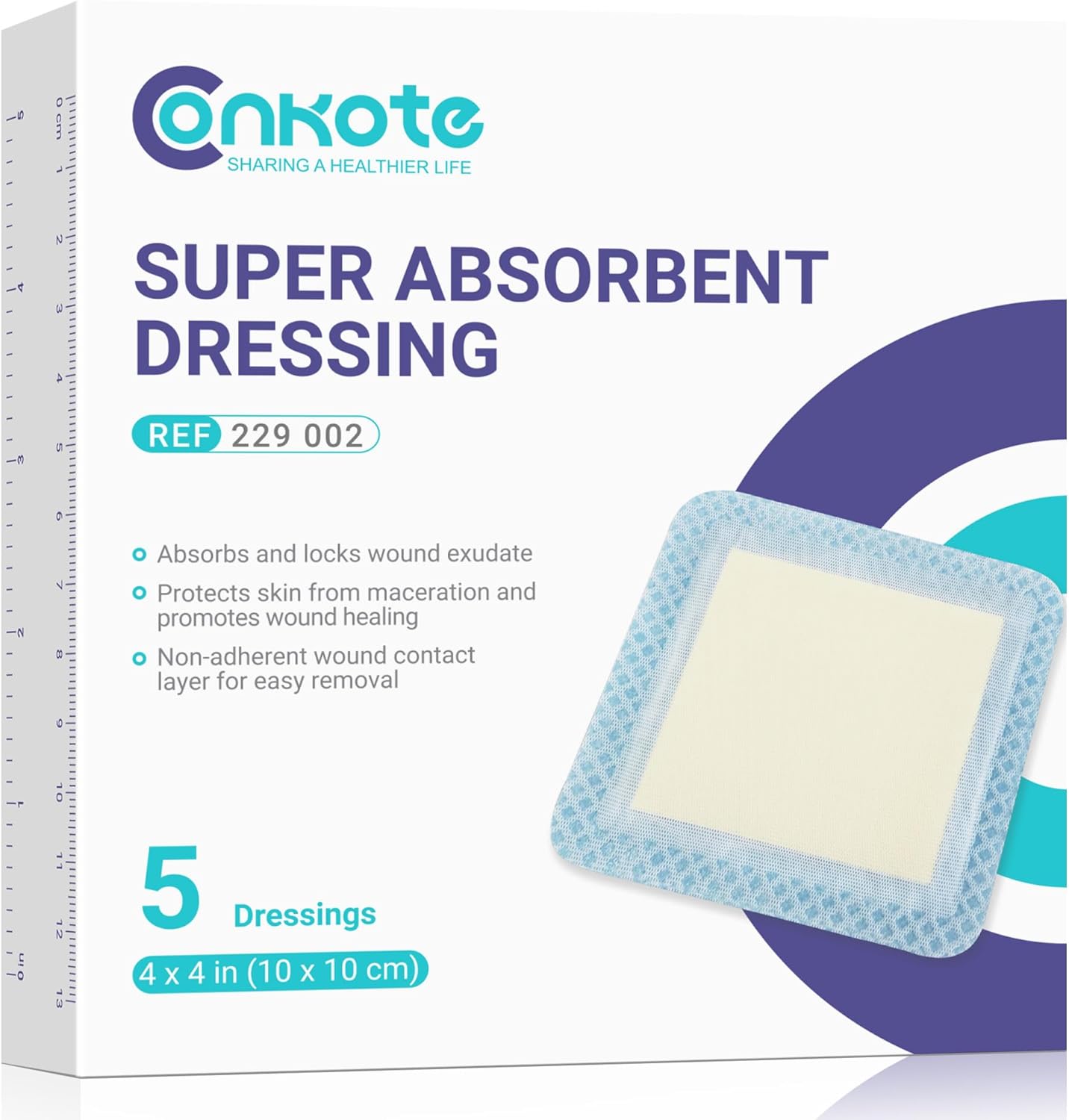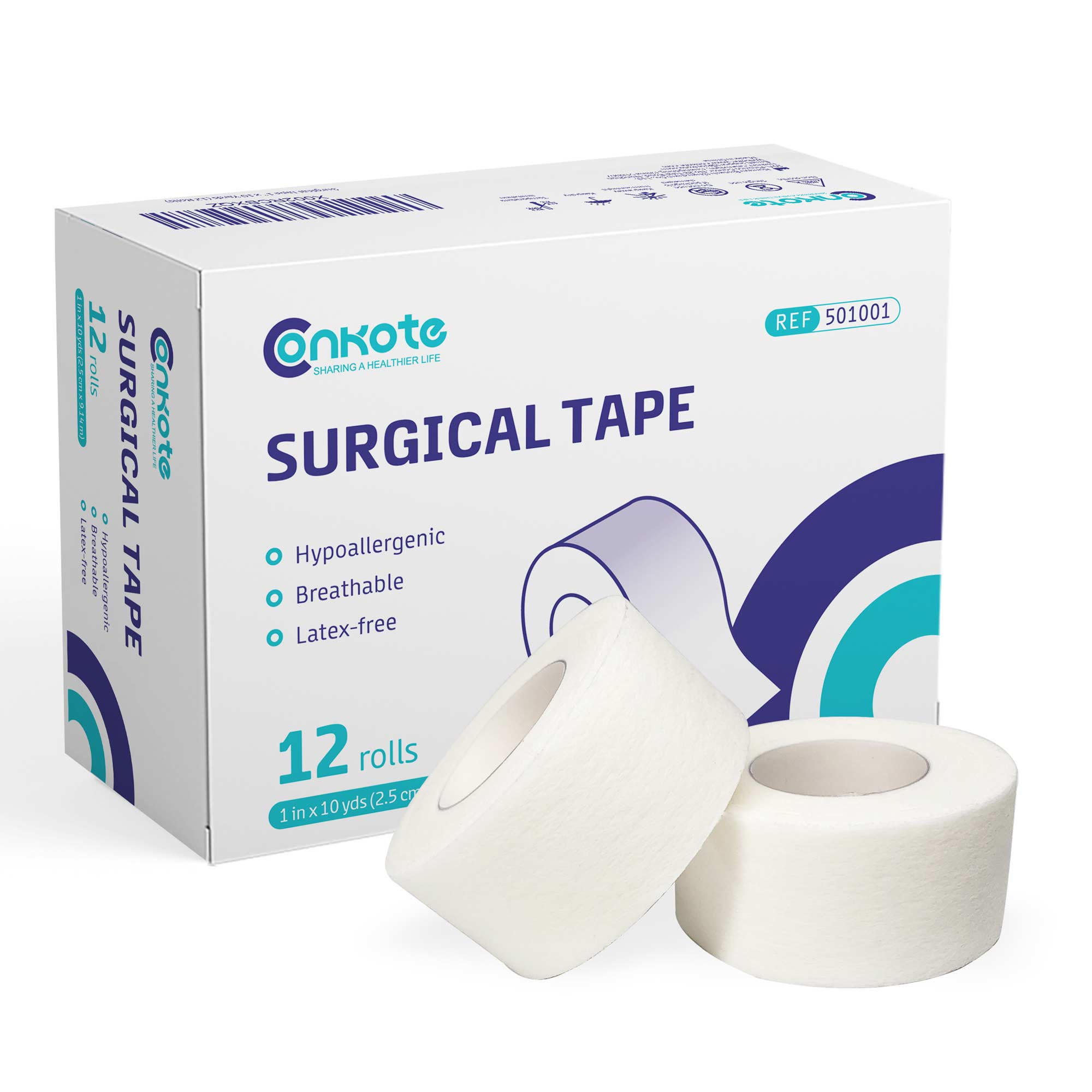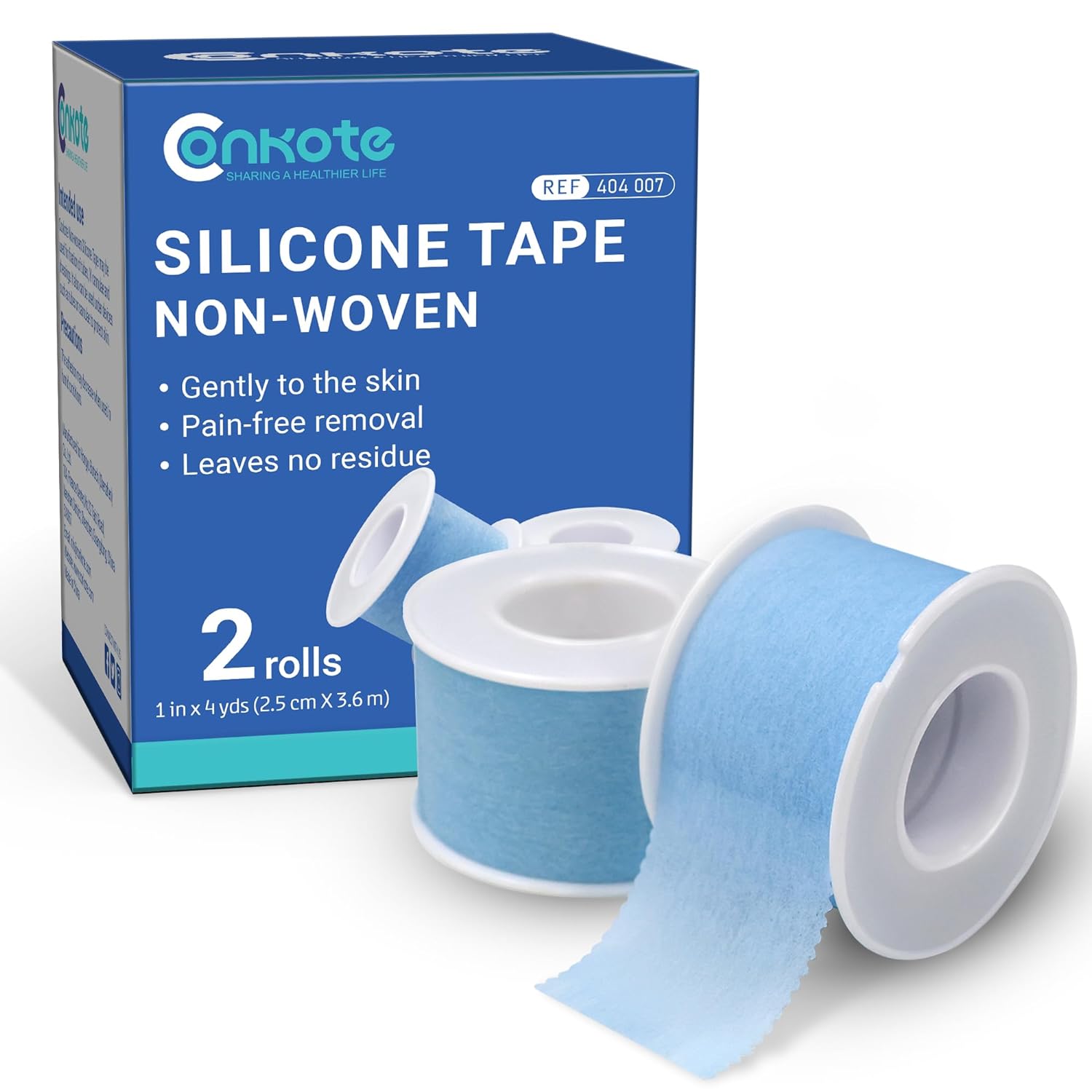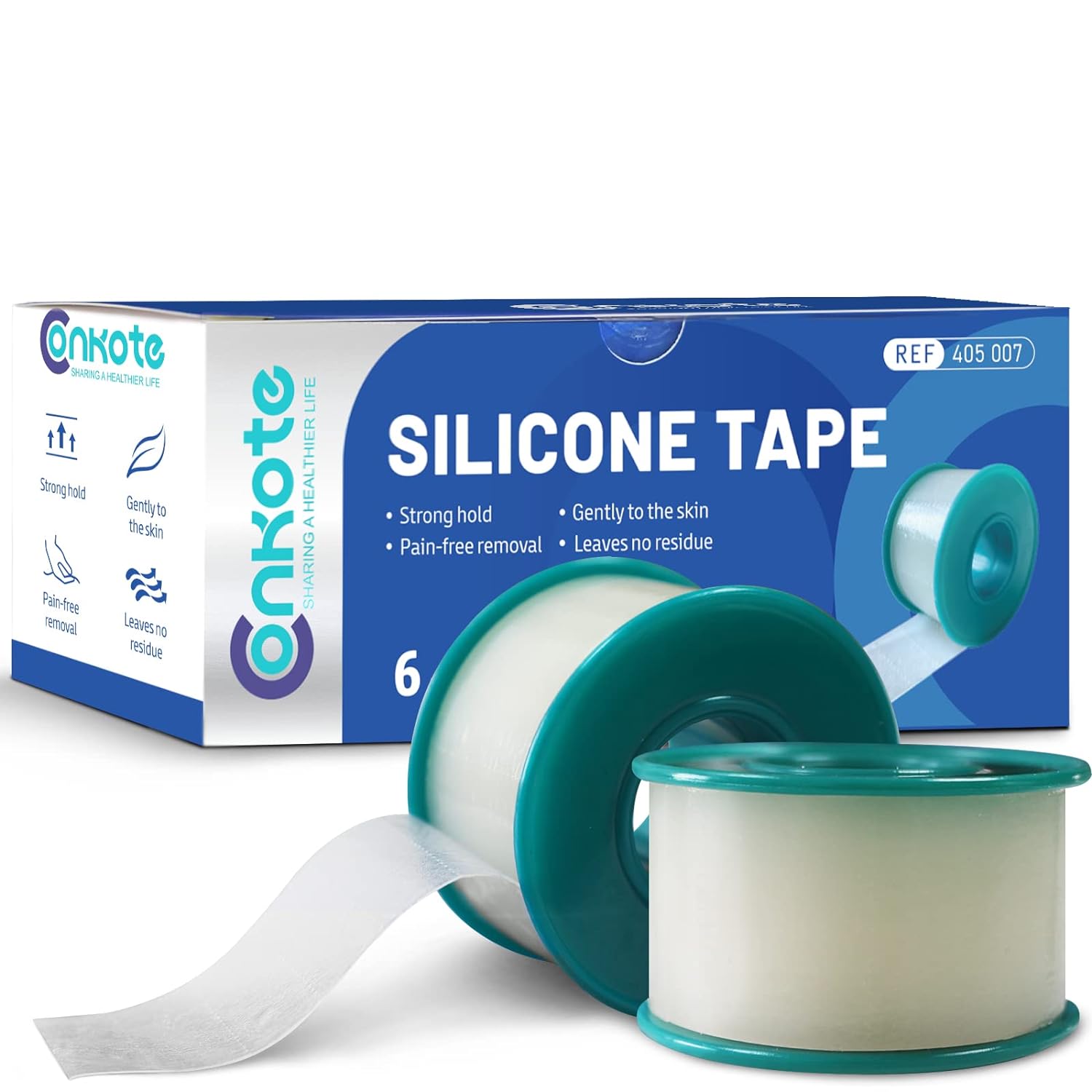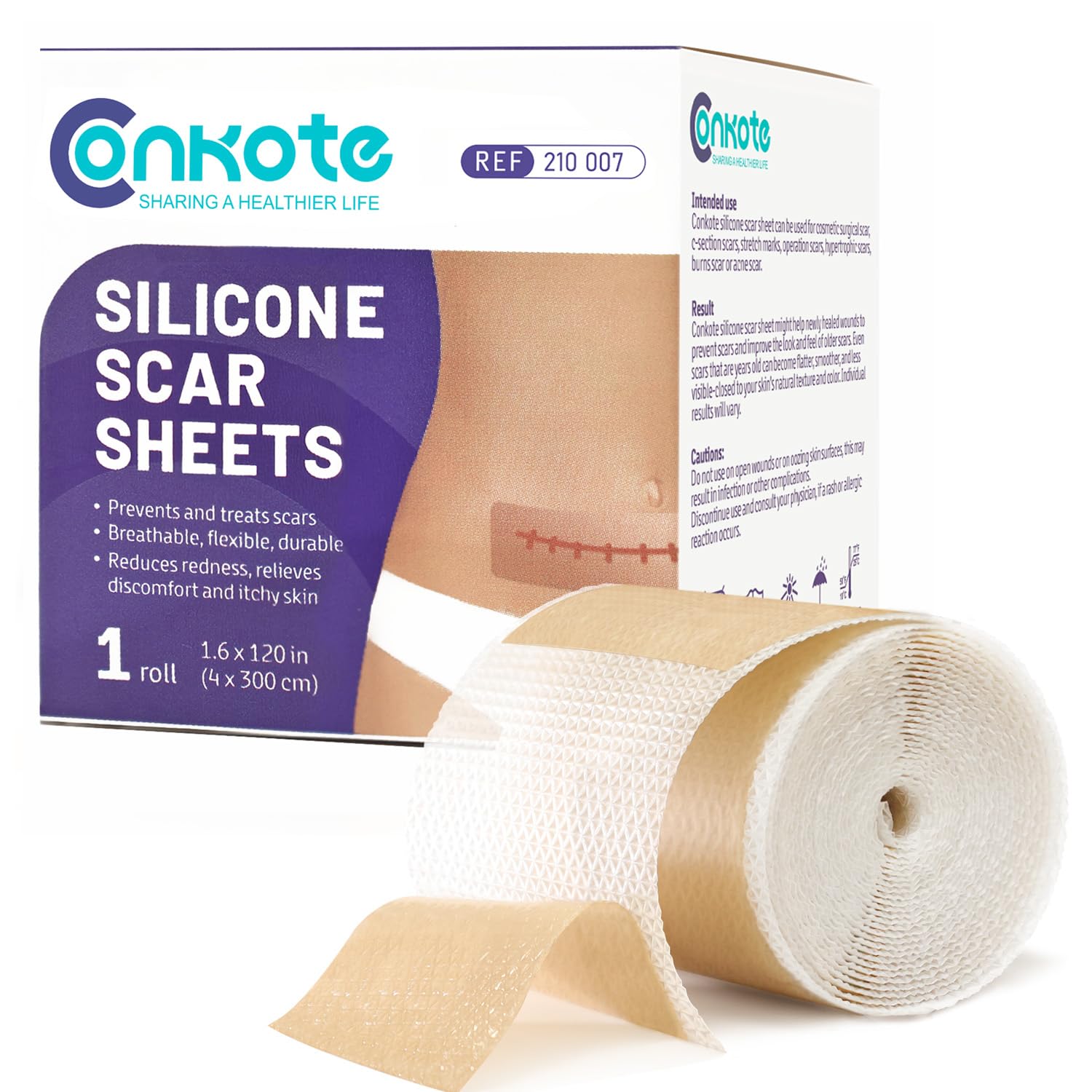How to Relieve Pain When Changing Wound Dressings
2021-12-24 2022-06-23 18:08How to Relieve Pain When Changing Wound Dressings

How to Relieve Pain When Changing Wound Dressings

According to reports, more than 70% of wound patients have varying degrees of pain. Wound pain is diverse, and the type of pain cannot be determined by the type or size of the wound. Wound pain may indicate poor wound treatment, the underlying cause of the wound has not been effectively treated, or the presence of infection. The cause of wound pain may be skin damage, nerve damage, blood vessel damage, infection and ischemia. It may lead to hypoxia and hinder wound healing and increase the incidence of infection. As the oxygen content of the tissue drops, the level of white blood cells will drop, creating opportunities for bacteria to invade the wound and cause infection. Nerve damage often occurs in the wound, mainly because of biochemical reactions in the wound and external stimuli such as debridement, cleaning or wound dressing change. Generally speaking, the underlying pathology or cause of chronic wounds determines what kind of pain the patient will experience.

Type of pain
The guidelines issued by WUWHS(World Union of Wound Healing Society)in 2004 divided pain into four types:
Background pain – persistent pain due to wound factors (such as infection) and wound etiology
Incident pain – caused by activities related to movement, such as friction or dressing slippage
Procedural pain – occurs during routine procedures such as wound dressing changes
Operative pain- associated with procedures/interventions that require an anesthetic to manage pain, such as wound debridement

How to control and relieve the pain during dressing change:
Choose the right wound dressing: Try to choose a dressing that does not adhere to the wound bed and is easy to remove. Gauze is easy to cause pain, while gauze, sheet-like hydrogel, silicone, alginate and hydrophilic fibers are not easy to stick and are easy to remove. If the pain problem is serious, choose a wound dressing that can be used for a longer period of time and can actively promote wet healing. Don’t know how to choose the right dressing? Check Conkote® Wound Dressing Selection: Types and Usage
Be patient when removing the old wound dressing: When removing the wound dressing, be as gentle and slow as possible to prevent re-damage to the wound bed. If the dressing has adhered to the wound bed, fully infiltrate it with normal saline until it can be easily removed without damaging the wound bed and surrounding tissues.
Use of skin protection materials: Using skin protection materials can reduce the damage to the tissues around the wound and extend the application time of the dressing.
Use analgesics: Using analgesics before dressing changes can significantly reduce the pain caused by dressing changes. It takes a certain amount of time for analgesics to take effect, so be sure to wait long enough. For moderate to severe pain, opioids are sometimes needed. If there is a significant decrease in the effect of the current medication, you must consult a physician in time.
Encourage patient participation: Involving patients in treatment choices can allow patients to feel control over pain and increase patient confidence. Sometimes it is even possible for the patient to remove the wound dressing by himself. Choose the time to change the dressing when the patient feels well. If possible, consult the patient for the time of dressing change, and the dressing change process may become smoother.
Consider the application of visual transfer, music, active relaxation exercises and mind transfer, etc., which can usually reduce the patient’s tension and achieve the effect of pain relief.
Here are only some ways to relieve the pain caused by dressing change, but the feeling of pain is very individualized. The effect of the same method for different patients may be very different.

Reference materials:
Reducing Pain During Wound Dressing Changes. Wound Essentials. Volume 3, 2008. Available at: http://www.wounds-uk.com/pdf/content_9433.pdf.
World Union of Wound Healing Societies (2004). Principles of Best Practice: Minimising Pain atWound Dressing–Related Procedures. A Consensus Document. Available at: http://www.wuwhs.org/pdf/consensus_eng.pdf.
Sardina, D.(2012). Ouch! That hurts! Wound Care Advisor, October 9, 2012. Available at: http://woundcareadvisor.com/best-practices-vol1-no3/.





